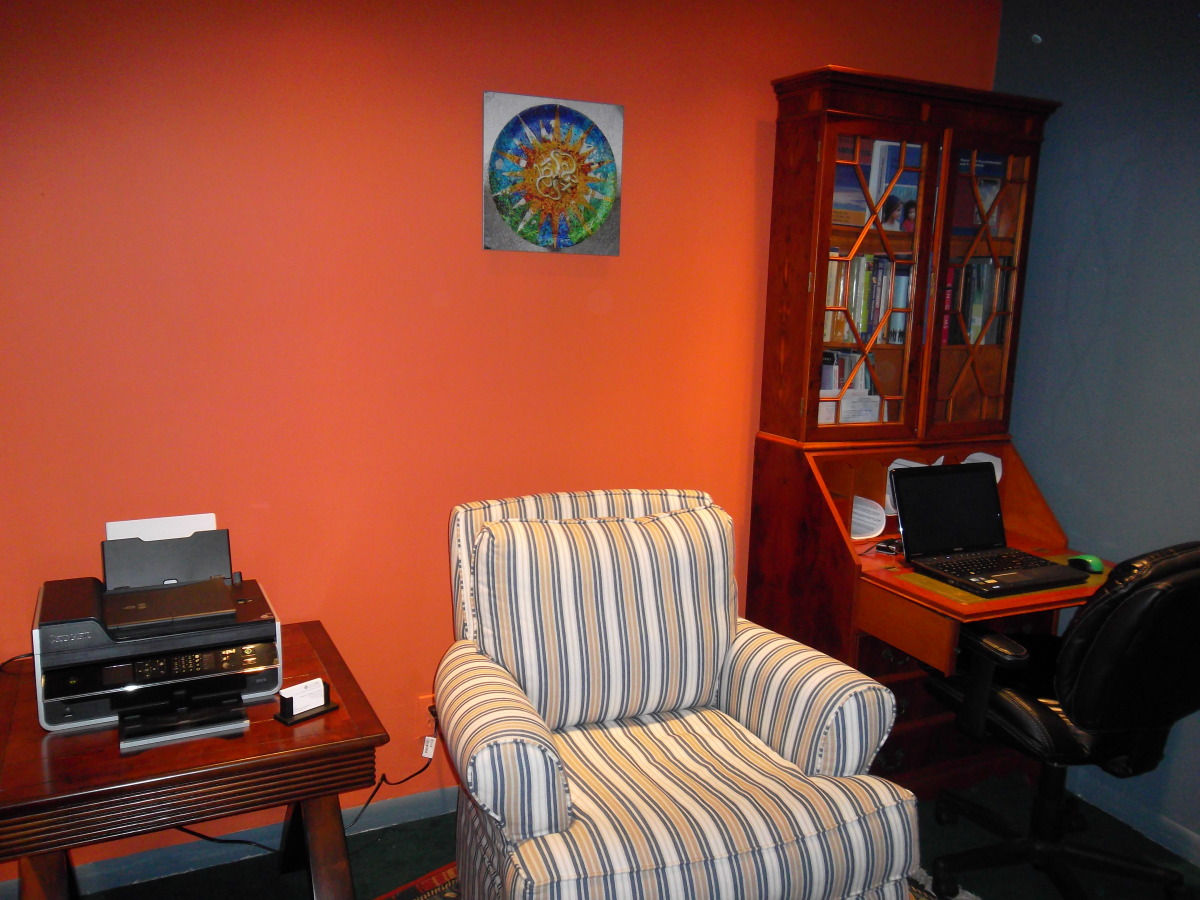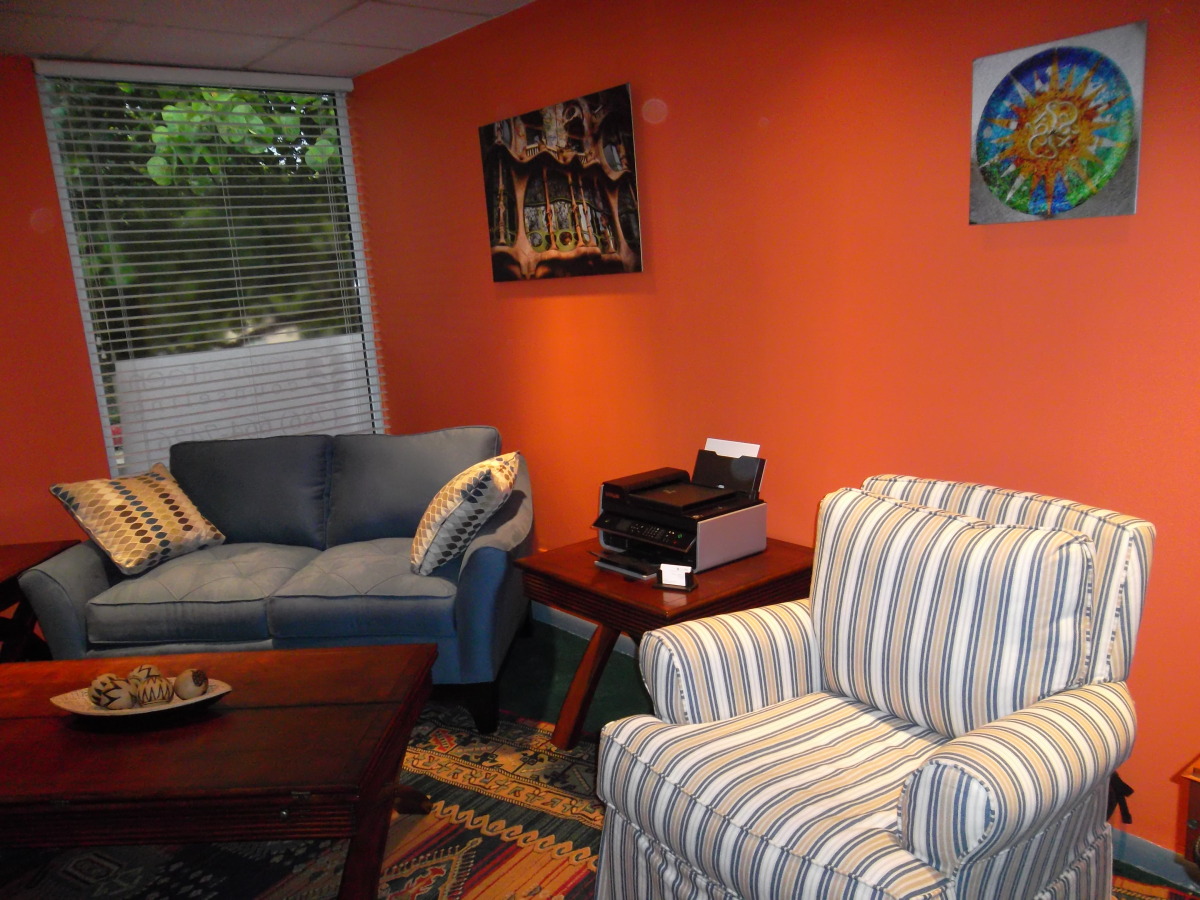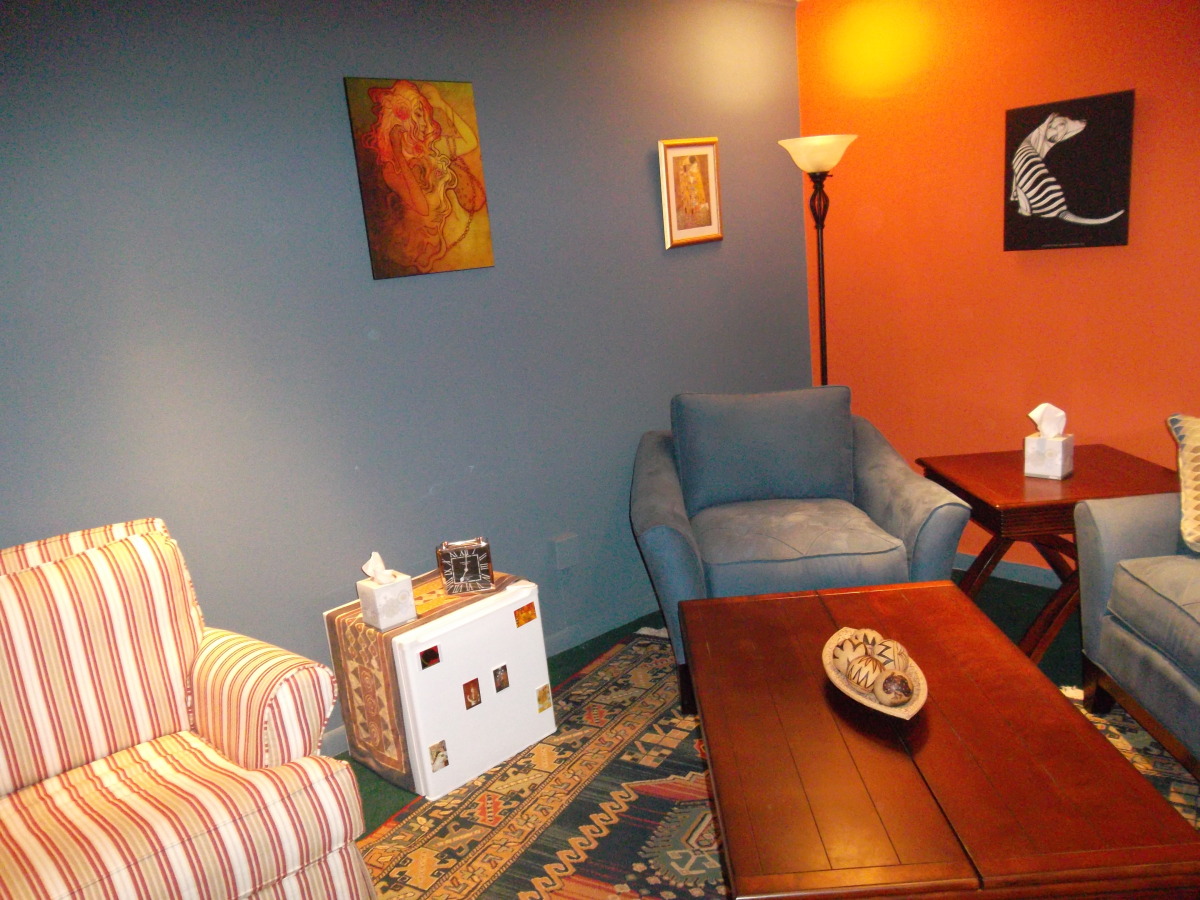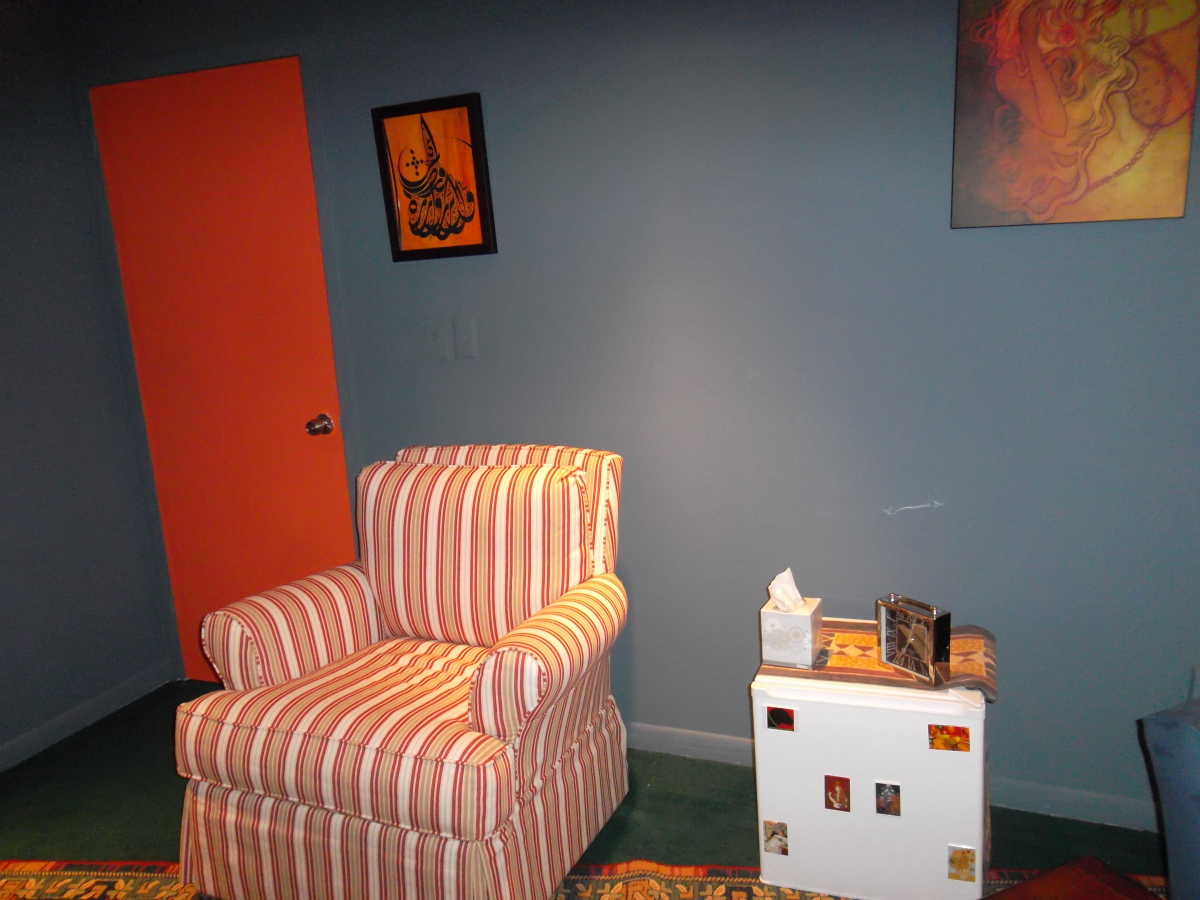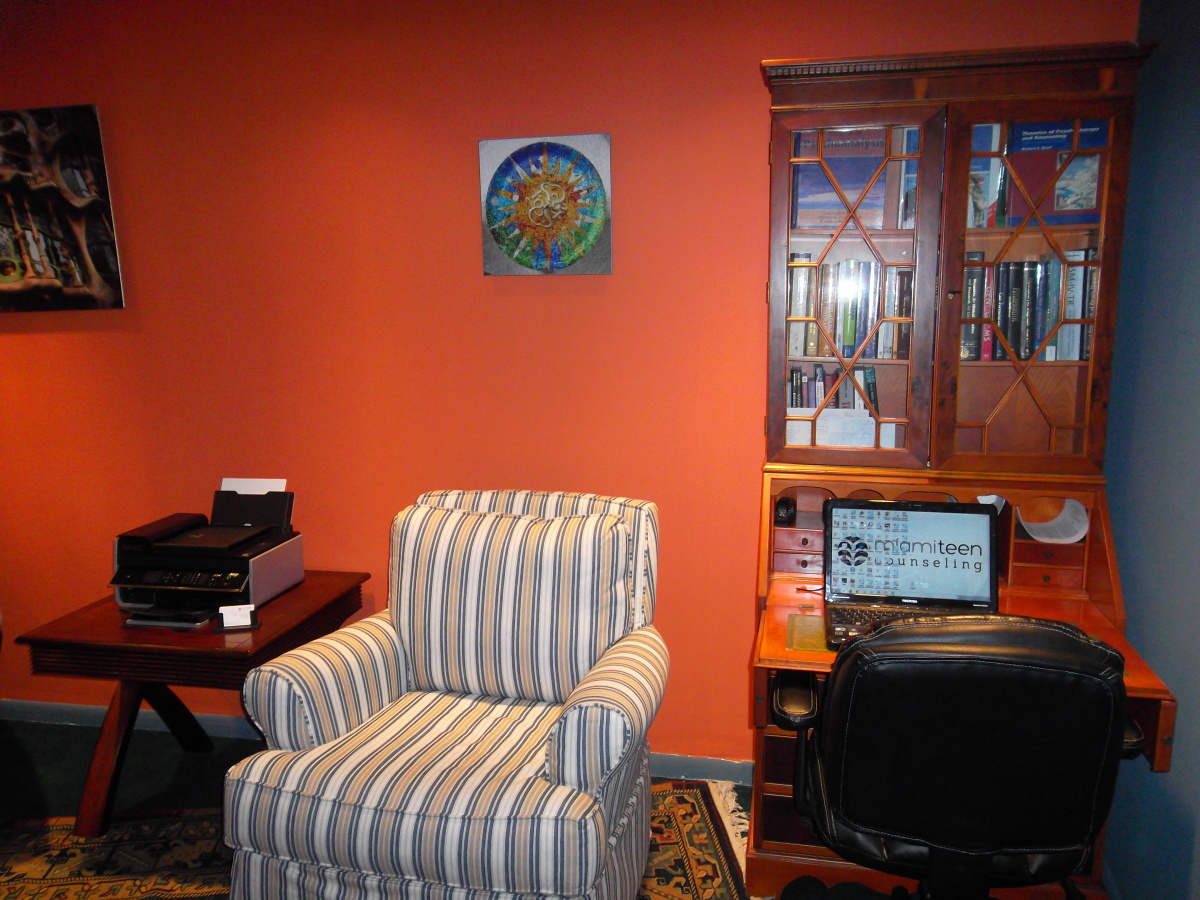Anxiety Disorders and Teenagers : Symptoms, Causes, & Treatment for Anxiety Disorders
/Anxiety Disorders and Teenager
Symptoms, Causes, & Treatment for Anxiety Disorders
Anxiety is a normal part of the human psyche. Everyone has felt the effects of temporary anxiety. Moments before giving a big presentation, taking a tough exam, or other stressful events can temporarily raise your heart rate, make your stomach turn, and make you sweat. Anxiety is a necessary mental reaction to help prepare you for anticipated difficult situations. It can help keep you focused, alert, and motivated to solve problems. These reactions to stress are very common but what is the difference between normal anxiety and an anxiety disorder that requires professional help?
Much like the difference between occasional sadness and depression, anxiety becomes a disorder when a person is chronically displaying anxiety symptoms and interferes with common day activities and responsibilities. Anxiety disorders can develop at a young age and increase as teenagers get older according to National Comorbidity Survey Replication – Adolescent Supplement (NCS-A).
Facts about Anxiety and Teenagers
The research study Lifetime Prevalence of Mental Disorders in U.S. Adolescents: Results from the National Comorbidity Survey Replication – Adolescent Supplement (NCS-A) found that:
- anxiety is the most common condition affecting 13 to 18 year olds, affecting nearly 32%.
- all anxiety disorders are more common in girls than boys.
- the liklihood of developing PTSD, panic disorder, social phobia, and general anxiety disorder consistently increases with age.
- severe anxiety disorders were present in 8% of teenagers.
A 2010 National Institute of Mental Health survey reported that of the 8% of 13 to 18 year olds that reported being severely impaired by at least one type of anxiety disorder only 18% received mental health care.
Identifying Symptoms of Anxiety Disorder in Teenagers
- Muscle tension
- Anticipating the worst
- Physical weakness
- Irritability
- Restlessness
- Frequent urination
- Poor memory
- Sweating and/or sweaty hands
- Fear or confusion
- Pounding hear
- Headaches
- Insomnia
- Tremors or twitches
- Inability to relax
- Constant worry
- Shortness of Breath
- Palpitations
- Upset stomach
- Poor Concentration
Common Causes of Anxiety Disorders
Medicalnewstoday.com reports that anxiety is caused by a combination of factors including environment, medical, genetic, brain chemistry, substance abuse, or combination of these factors. Perhaps the most common causes are external factors such as excessive life stress.
Factors That Could Cause Anxiety Disorders
- Traumatic events such as the death of a loved one
- Stress from a personal relationship, marriage, friendship, or divorce
- Stress at work
- Stress from school
- Stress about finances and money
- Fear of rejection by peers
- Stress from a natural disaster
- Stress from family issues
- Stress from serious medical condition
- Side effects of medication
- Symptoms from a medical illness
- Research has suggested that certain people with a history of anxiety in the family are genetically predisposed to suffer from anxiety disorders
- Research has shown that people with abnormal levels of specific neurotransmitters in the brain are more likely to suffer from anxiety disorders
- Alcohol dependence
- Benzodiazepine (drugs such as Xanax) dependence
- Cocaine or amphetamine use
- Withdrawal from illicit drugs such as heroin
- Withdrawal from prescription drugs such as Vivodin
Types of Anxiety Disorders
Anxiety disorders come in many forms and can result from different causes and produce different symptoms. Understanding the differences between them can help you identify the presence of an anxiety disorder in your teenager. Below is a list of the most prevalent anxiety disorder with a brief description followed by its prevalence in teenage boys and girls according to the Life Prevalence of Mental Disorder in U.S. Adolescents: Results from the National Comorbidity Survey Replication – Adolescent Supplement (NCS-A).
Prevalence of Any Anxiety Disorder in 13 to 18 year olds
- Female: 38%
- Male: 26.1%
Panic Disorder
Panic disorder is a treatable mental health conditions that can cause of episodes of intense fear or terror accompanied by a pounding heart, sweatiness, weakness, faintness, or dizziness. People with panic disorder may mistake physical symptoms with that of a heart attack. Fear of the next attack can cause chronic worrying and lead to avoiding strategies to lessen the likelihood of experiencing an attack in public. Panic disorder often begins in adolescence or early adulthood. Less than a quarter of people who have panic disorder seek treatment. Panic disorder is one of the most treatable forms of anxiety with most patients responding favorably to medication or certain types of psychotherapy. Left untreated, panic disorder can develop into a severe condition called agoraphobia, or fear of open spaces. Common symptoms of agoraphobia include becoming housebound for extended periods of time and the inability to confront a feared situation without the presence of a trusted person.
Prevalence of Panic Disorder in 13 to 18 year olds:
- Female: 2.6%
- Male: 2.0%
Post-Traumatic Stress Disorder (PTSD)
The awareness of PTSD has gained national awareness because of the prevalence of the condition in war veterans. PTSD can develop after experiencing a frightening event that involved getting physically harmed or the threat of physical harm. It can also develop by witnessing physical harm to loved ones or strangers. Common symptoms of PTSD include:
- Emotional numbness
- Loss of interest in once beloved activities
- Irritability
- Violence
- Aggression
- Reliving the traumatic events in one’s thoughts
- Continually dreaming about the traumatic event
- Losing touch with reality
Exhibiting the above symptoms for more than 30 days is a sign of PTSD. Depression, substance abuse, other anxiety disorders are usually accompanied by people suffering with PTSD.
Prevalence of PTSD in 13 to 18 year olds
- Female: 8.0%
- Male: 2.3%
Obsessive Compulsive Disorder (OCD)
Obsessive compulsive disorder usually appears in children, adolescents, and early adulthood and can be accompanied by eating disorders, depression, or other anxiety disorders. People with OCD use rituals or compulsions to control anxiety produced by persistent obsessive thoughts. Jack Nicholson’s character in the 1997 movie As Good As It Gets is a good example of different obsession that can occupy a person with OCD’s thoughts. Continually locking and unlocking doors is a common ritual for someone who obsesses with security. Washing one’s hands over and over is an example of someone who obsesses about health and germs. OCD can take many forms from mild to severe but can be treated with either medication, psychotherapy, or a combination of both.
Social Anxiety Disorder or Social Phobia
Social anxiety disorder is characterized by intense feelings of self-consciousness accompanied by overwhelming anxiety in common social situations. People with social phobia may worry for extensive periods about confronting social situations and will often avoid these situations if possible. Physical symptoms of social phobia include:
- Difficulty talking
- Nausea
- Sweating
- Trembling
- Blushing
Social anxiety disorder is a common mental health condition that can be treated with psychotherapy or medication. Like with other anxieties, it is usually accompanied by other mental health conditions such as depression, substance abuse, and other anxieties.
Prevalence of Social Phobia in 13 to 18 year olds
- Female: 11.2%
- Male: 7.0%
Generalized Anxiety Disorder (GAD)
Generalized anxiety disorder is defined as excessive worrying about a variety of everyday problems for at least 6 months. People with GAD have unprovoked and unnecessary worrying about health, family issues, finances, or problems at work or school. Common symptoms of GAD include:
- Inability to relax
- Easily startled
- Difficulty concentrating
- Insomnia
- Headaches
- Muscle aches
- Irritability
- Sweating
- Frequent urination
- Trembling
Depending on the severity of the condition, people with GAD may have trouble holding a job, sustaining friendships, and carrying out normal activities. Fortunately, GAD can be successfully treated with either medication or psychotherapy.
Prevalence of GAD in 13 to 18 year olds
- Female: 3.0%
- Male: 1.5%
Specific Phobias
Phobias are characterized as feeling intense fear of certain things or activities that pose little to no threat to the person. Common phobias include fear of flying and being in closed-in places such as elevators. Experiencing these events or thinking about them can cause extreme anxiety and possibly cause panic attacks. While many people can simply avoid these fears and may never seek treatment, it is recommended that you contact a mental health professional if your fears interfere with your everyday life and activities.
Prevalence of Specific Phobias in 13 to 18 year olds
- Female: 22.1%
- Male: 16.7%
Tips to Help Reduce a Teenager’s Anxiety
- Limit caffeine intake including soda, tea, and chocolate consumption
- Check with a doctor or pharmacist before taking over-the-counter medication to make sure it does not contribute to anxiety
- Physically activity
- Eat healthy foods
- Keep consistent sleep patterns
Help raise awareness about anxiety by sharing this article. Thank you!
Sources used to write this blog post:
2. http://psychcentral.com/disorders/anxiety/ & http://www.helpguide.org/mental/anxiety_types_symptoms_treatment.htm
3. http://www.medicalnewstoday.com/info/anxiety/anxiety-treatments.php
4. http://hsc.unm.edu/som/psychiatry/crcbh/docs/Archive/11-17-10.NCS-A.Article.pdf
www.miamiteencounseling.com
By Miguel Brown

